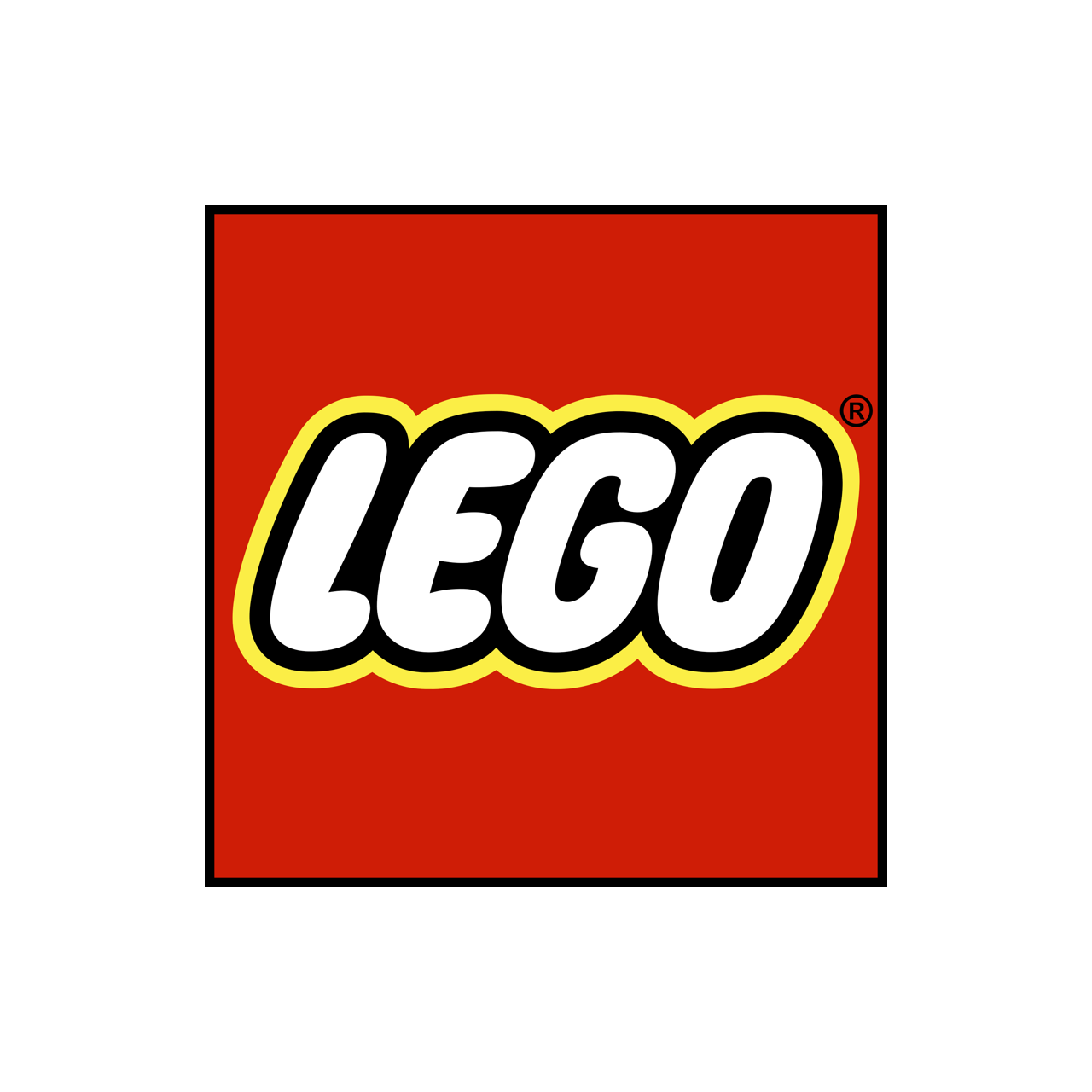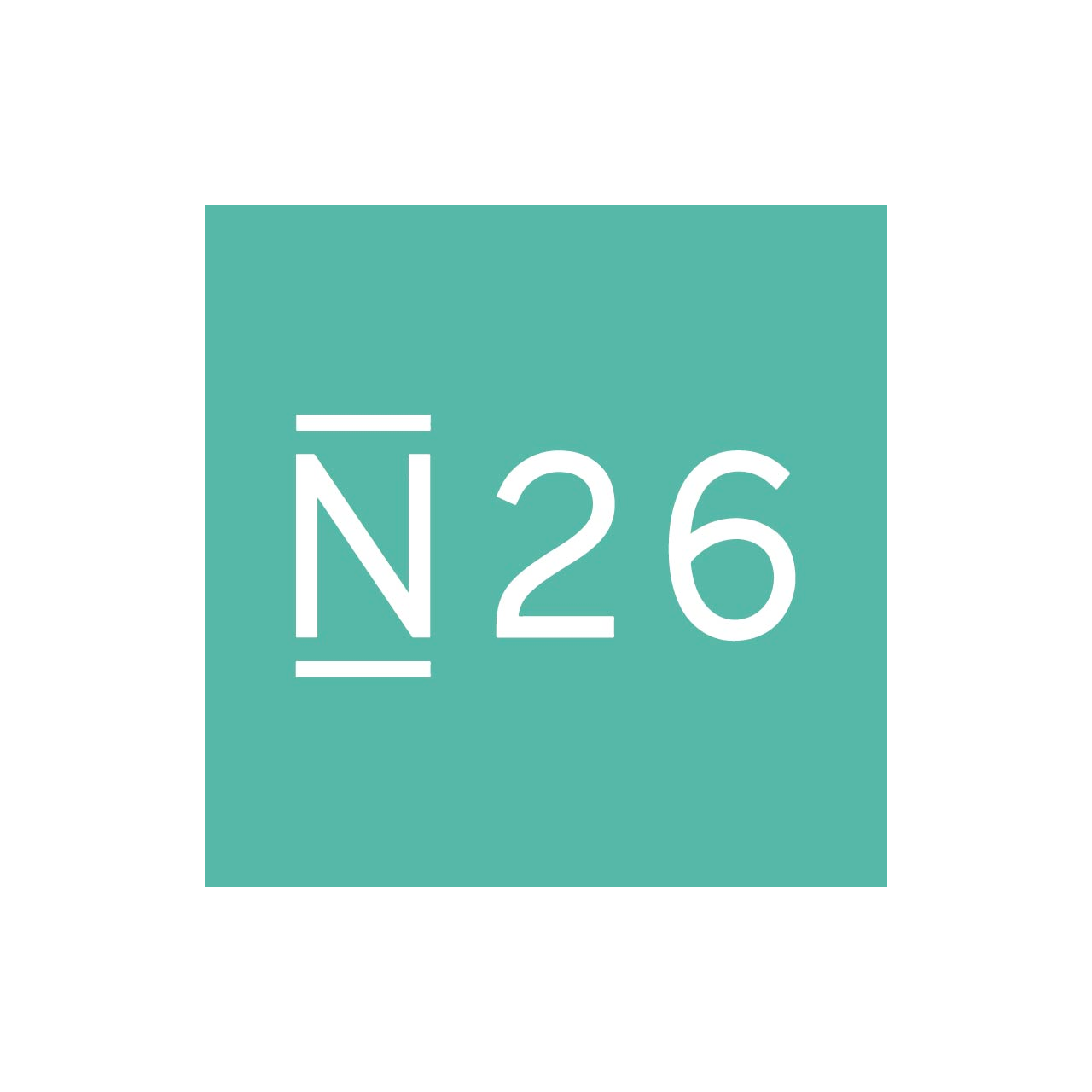Design Sprint
How to solve big problems and test new ideas in just 4 days.


It was born in March 2016 from the ideas of Jake Knapp, designer of Google Venture, with a view to creating awareness and increasing the culture of the user experience throughout the whole organization. He thus creates an approach to the method, which uses some key aspects of design thinking and expands the models available to consultants and managers.
Key principles.
The method is based on 4 key principles:
- Together alone
- Yes to concreteness and no to debate
- Better to start than to be right
- Don’t rely on creativity
Without prejudice to the original bases, thanks to the design agency AJ & Smart that has been collaborating with Knapp for years, Design Sprint has evolved to version 2.0, further optimizing times.
From 5 days to 4 days, involving the client’s team only in the first 2 days, further improving the effectiveness of the exercises and making the process more streamlined and fluid.
What is the Design Sprint
The Design Sprint is a participatory workshop with the aim of designing, or improving a digital product or service, adding new features to existing projects, improving their use, validating ideas. Concrete progress is achieved within 5 days, prototyping and testing possible solutions to project problems with real users, reducing production risks. The objectives are defined before starting development by eliminating those that are the most common problems for work teams:
- cross-functional teams find it difficult to align with common business goals
- they work towards unclear goals while the purpose of the project changes repeatedly.
- they have no real data on which to base business decisions, relying instead on interminable internal discussions.
- they have the pressure to be “innovative” but don’t know how to get started.
- product development cycles are too long, causing you to lose enthusiasm and focus.

Day 1
Define the problem, the criticalities and the opportunities.
The first day is dedicated to understanding and aligning the problem (s) we want to solve as a team. Through interviews with domain / business experts, the definition of long-term objectives and the journey, the team is aligned towards a common direction by analyzing possible problems and defining who will be able to use the product. Once the direction has been defined, it is time to think about possible solutions by taking a cue from real cases (Lightning Demos) and proposing the first conceptual sketches (Note taking, Doodling, Crazy 8’s, Concept)
Day 2
Vote for solutions and design the prototype.
It is time to choose. Starting with the Heat Map, the team assigns more votes to the inspiring parts of the sketches so clusters can emerge. These clusters are then highlighted and explained by the moderator to eliminate possible doubts and allow you to vote on the idea / solution deemed best with a single vote. It will then be up to the Decision Maker to choose the final solution to be tested after evaluating the opinion of the entire team.
Day 3
Create the prototype.
Dedicated to the creation of the prototype, making the idea / storyboard conceived in the previous days real.
Day 4
Test with users.
The moment of truth. After days spent understanding, hypothesizing and designing, it’s time to test the prototype with real users by asking the most effective questions to collect feedback and ideas. After the interviews, the team takes the time to review and make sense of the feedback, then plan the next steps at the end of the day.




